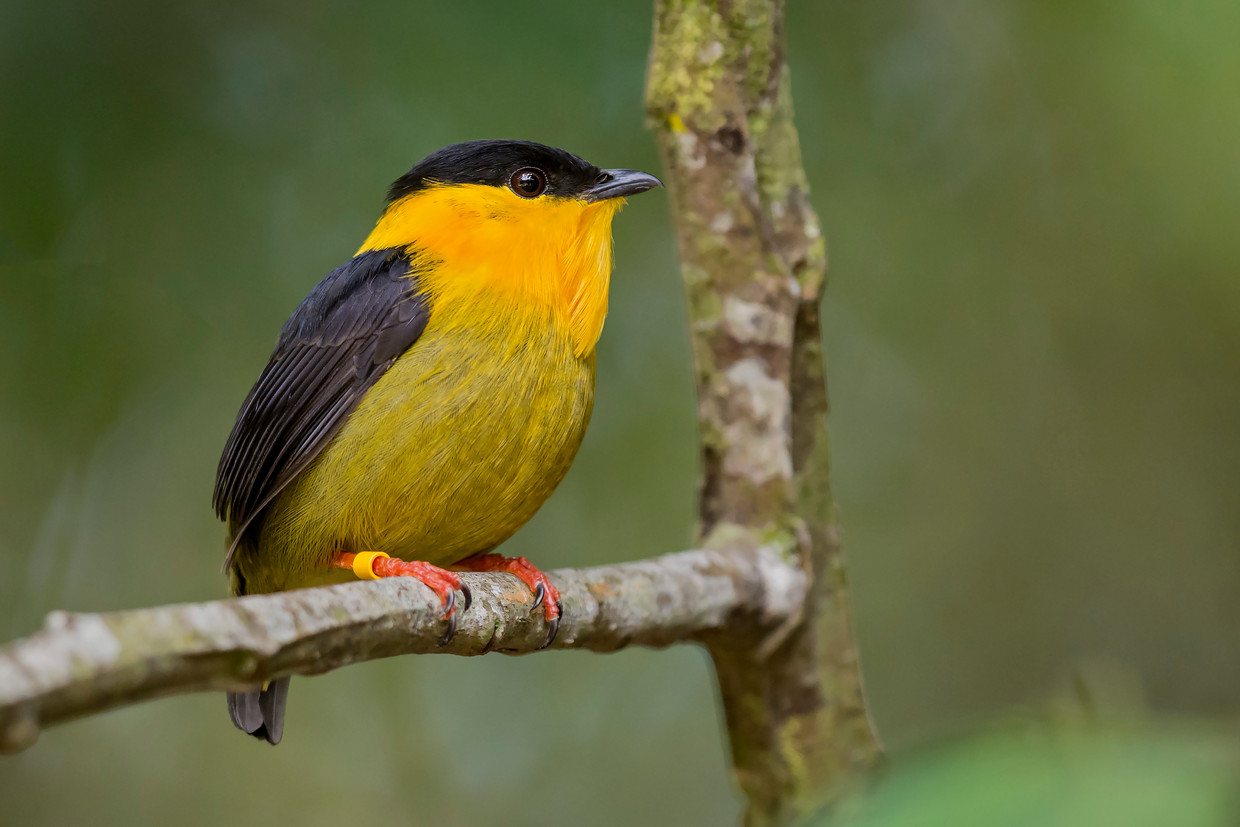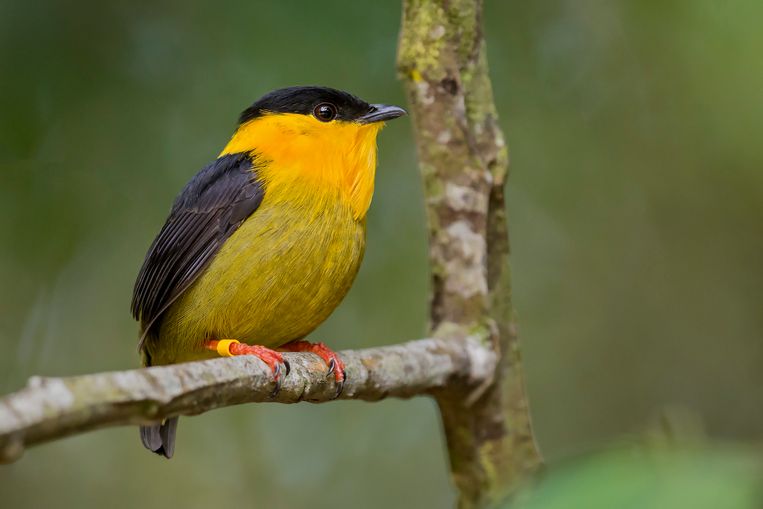
Soberania National Park in Central America, Panama, is famous for its colorful birds. It’s a protected area, but that doesn’t mean the animals’ survival is guaranteed, according to her to publish in the scientific journal PNAS†
Of the 57 species studied, 40 have declined in recent decades, and less than half of the 35 species survive. For example, the chance of seeing a crowned Amazon giant, a brown bird wearing a majestic orange crest, was four times greater than it is today. Only two types are beginning to work better; A type of hummingbird and a bearded cuckoo.
“It’s worrying that such dramatic declines have been found in a national park, you wouldn’t expect it right away,” says Peta Verwig, an ecologist specializing in tropical regions at Utrecht University. You talked about an impressive study, especially because of the very long time span of 44 years.
Twice a year during that period, researchers placed semi-transparent mist nets into which the birds entangled, usually without injury. In total, 14 thousand birds living under the treetops were caught, counted and released again in one place.

The reason for the significant decline is less clear. The researchers suggest that climate change may play a role. Birds can be affected by changes in temperature or precipitation. This can also apply to insects, for example, which means that some birds have less food.
In addition, the connection to the natural surroundings has deteriorated due to deforestation, which will particularly affect species that like to move back and forth between higher and lower forest areas. Like the olive-striped pepperyran, it is 98 percent less common in the study area than before.
And according to Ferwig, there’s also another obvious reason: increased human activity in the area. For example, the protected area is right next to the Panama Canal, and the safety nets site is less than 10 kilometers from this very busy waterway. There is also a highway and railway line nearby. This highway was completed in 2009, before that it was a kind of regional road. The railway was renovated in 2001, and since then faster trains can overtake it.

According to Verwig, the influence of hunters cannot be ruled out. She herself contributed to analyzing Bird populations in the tropics with up to 7 km of roads are found to be significantly affected by hunting. And in Latin America, there is an active trade in songbirds in particular. It’s a bit naive to think that poaching doesn’t happen in a park because of its protected status.
Panama is not the first place in Central and South America where the decline of tropical birds in protected areas has been recorded. This is how researchers saw and caught it after 14 years Study in Ecuador Almost half the number of birds. But from eighteen years The number of birds in Costa Rica No visible changes appeared.
According to Pita Verweij, more comparative research is needed to find similarities between nature reserves where animals do not do well. Is this, for example, a case of significant population increase or agricultural intensification in the area? “But hey, you can’t even go back decades to create these kinds of charges retroactively.”

Beneficial for farmers
The ability of tropical birds to contribute to agriculture is shown, among other things, by a study of coffee plantations, Also published on Monday in the magazine PNAS†
The researchers wondered what would happen to the coffee crop if they kept birds and bees at bay. They tested it on thirty farms in Costa Rica. In others they kept birds with nets, and some bees with lace sacks. In one part they kept the birds and bees away and in another part they allowed both.
The number of coffee beans damaged by insects would have been significantly lower if the birds could get to the farm because they eat these insects. The bees also increase the yield, as they help in pollination. On farms where both could come, the yield was 25 percent higher than on farms where both were banned. Remarkably, this was much more than the individual effects of bees and birds combined. So they seem to reinforce each other.
How this works is uncertain, but there are different ideas. In this way, birds can also prevent some pest insects from damaging the flowers. As a result, they attract more bees, which leads to better pollination and therefore more coffee fruits.

“Coffee buff. Twitter fanatic. Tv practitioner. Social media advocate. Pop culture ninja.”











More Stories
Which can cause an increase in nitrogen.
The Central State Real Estate Agency has no additional space to accommodate Ukrainians.
The oystercatcher, the “unlucky national bird,” is increasingly breeding on rooftops.